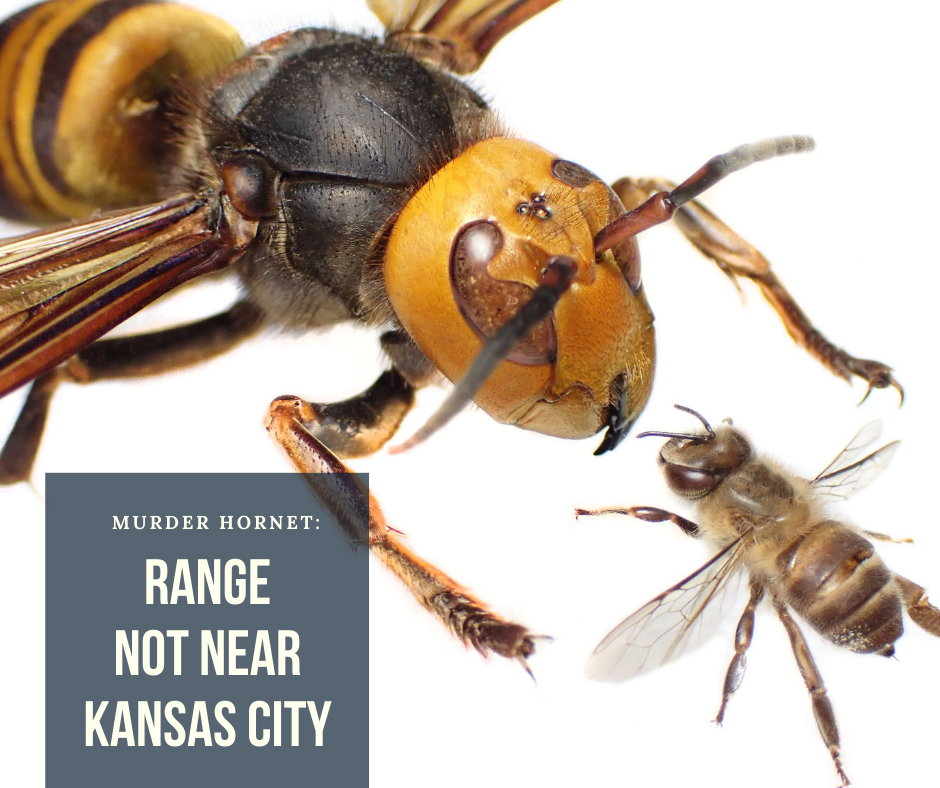Murder Hornets: Are they really murderous?
In 2020, huge wasp-like creatures arrived in North America by the name of “murder hornets,” actually named the Asian giant hornet.

Asian giant hornets are the world’s largest hornet, native to temperate and tropical East Asia, South Asia, mainland Southeast Asia, and parts of the Russian Far East. They were given the name “murder hornets” because after several days of them in North America photographs and videos surfaced showing how they viciously attacked honeybees: it crawls into hives and rips off the heads of bees in large numbers.
Although this may seem bad; this is quite normal in the bee life. Beekeeper Will Johnson said on an interview with WITN News, that it wasn’t an uncommon way for predators kill bees.
Also, the murder hornet’s sting is really bad for humans too.
The sensation is like being “stabbed by a red-hot needle,” said Shunichi Makino, who studies wasps and bees at Japan’s Forestry and Forest Products Research Institute in a National Geographic article. He said the stings produced sweeeling and pain, but there were also more painful stings from other varieties of insects.
The sting of the Asian giant hornet can be fatal, most of the time it kills those who are allergic to its venom. Their sting is one of worst in their species and that if stung multiple times, these hornets could potentially kill a human even non-allergic victims if they are swarmed or receive multiple stings, according to a test done by scientists at Southwestern Biological Institute.
However, there are plenty of other bugs that kill more humans, such as mosquitoes, which carry diseases like malaria or the Zika virus. Mosquitoes kill up to 700 million people a year.
In addition, the area in North America which they covered is also very small, according to Robert Burn, a Kansas City beekeeper.
“No, not in our area only way up along the Canadian-Washington state border so nothing to worry about. We’re on the other side of the continental divide,” Burn said. “There’s a lot more things to worry about.”
The murder hornets haven’t really caused many problems for beekeepers above the Canadian-Washington state border so is there really a reason to fear them, Burn also said, “We’re not anticipating that they’re going to make it to this part of the country.”
When foreign animals are introduced into ecosystems, those systems change. In Asia, murder hornets interact with bees who have evolved and learned how to survive, but honeybees in North America are very different and are dying from climate change and destruction of habitats.
Murder hornets easily destroy these bees causing more problems for the population of honeybees, without bees pollination will become low and cause environment disasters.










